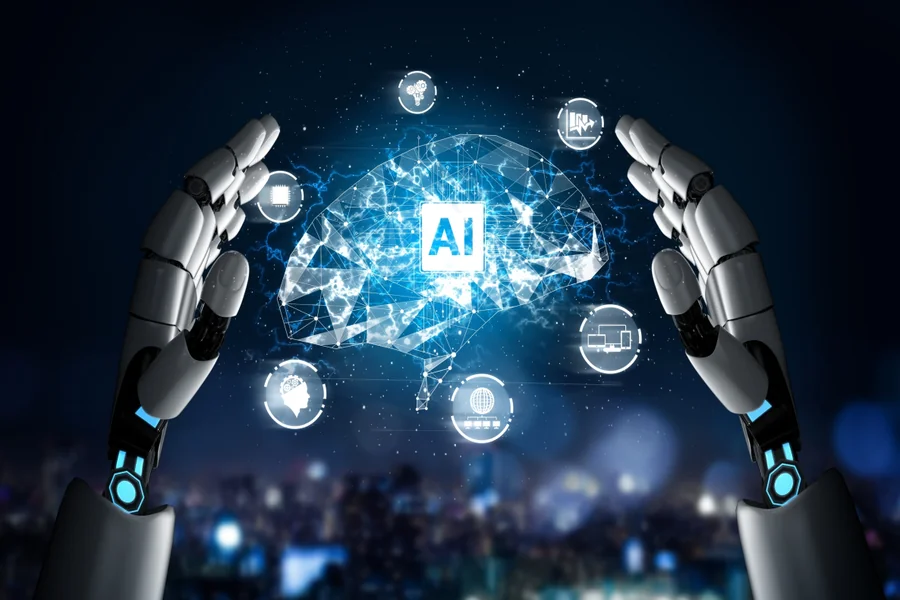Efficiency is the cornerstone of success. As organizations strive to stay competitive, the adoption of AI workflow automation has emerged as a game-changer. By leveraging artificial intelligence to streamline processes, businesses are not only enhancing productivity but also significantly ai reducing operational costs. In 2025, this trend has reached new heights, with AI-driven solutions becoming indispensable for companies across industries.
One of the most compelling benefits of AI workflow automation is its ability to eliminate repetitive, time-consuming tasks. Traditional workflows often involve manual data entry, approvals, and communication, which are prone to errors and inefficiencies. AI steps in to automate these processes, ensuring accuracy and freeing up valuable human resources for more strategic activities. For instance, platforms like Cflowapps use intelligent algorithms to optimize workflows, reducing the need for manual intervention and cutting down on labor costs. This shift not only boosts efficiency but also allows businesses to allocate their budgets more effectively.
Beyond cost savings, AI workflow automation offers scalability and adaptability, which are crucial in today’s dynamic business environment. As companies grow, their operational complexities increase, often leading to higher expenses. AI-powered tools can seamlessly scale with the organization, handling larger volumes of tasks without compromising on speed or accuracy. This scalability ensures that businesses can expand their operations without incurring proportional increases in costs. Moreover, AI’s ability to learn and adapt over time means that workflows become increasingly optimized, further driving down expenses and enhancing overall performance.
The Role of AI in Cost Reduction
AI’s impact on reducing operational costs extends beyond workflow automation. By analyzing vast amounts of data, AI can identify inefficiencies and bottlenecks that may go unnoticed by human operators. This data-driven approach enables businesses to make informed decisions, streamline processes, and eliminate wasteful practices. For example, AI can predict demand fluctuations, allowing companies to optimize inventory levels and reduce storage costs. Similarly, it can automate customer service through chatbots, minimizing the need for large support teams while maintaining high levels of customer satisfaction.
Real-World Applications
In 2025, industries such as manufacturing, healthcare, and finance are reaping the benefits of AI workflow automation. In manufacturing, AI-powered robots and systems are streamlining production lines, reducing downtime, and minimizing material waste. Healthcare providers are using AI to automate administrative tasks, such as patient scheduling and billing, allowing medical professionals to focus on patient care. Financial institutions are leveraging AI to detect fraudulent activities and automate compliance processes, saving millions in potential losses and regulatory fines.
Looking Ahead
As we move further into the decade, the role of AI in reducing operational costs will only continue to grow. Businesses that embrace AI workflow automation will not only achieve significant cost savings but also gain a competitive edge in their respective markets. The integration of AI into everyday operations is no longer a luxury but a necessity for companies aiming to thrive in an increasingly digital world. By partnering with innovative platforms like Cflowapps, organizations can unlock the full potential of AI and transform their workflows for a more efficient and profitable future.
AI workflow automation is reshaping the way businesses operate, driving efficiency, and reducing costs. In 2025, the adoption of AI is no longer optional—it’s essential for success. Explore how Cflowapps can help your organization harness the power of AI and stay ahead of the curve.

